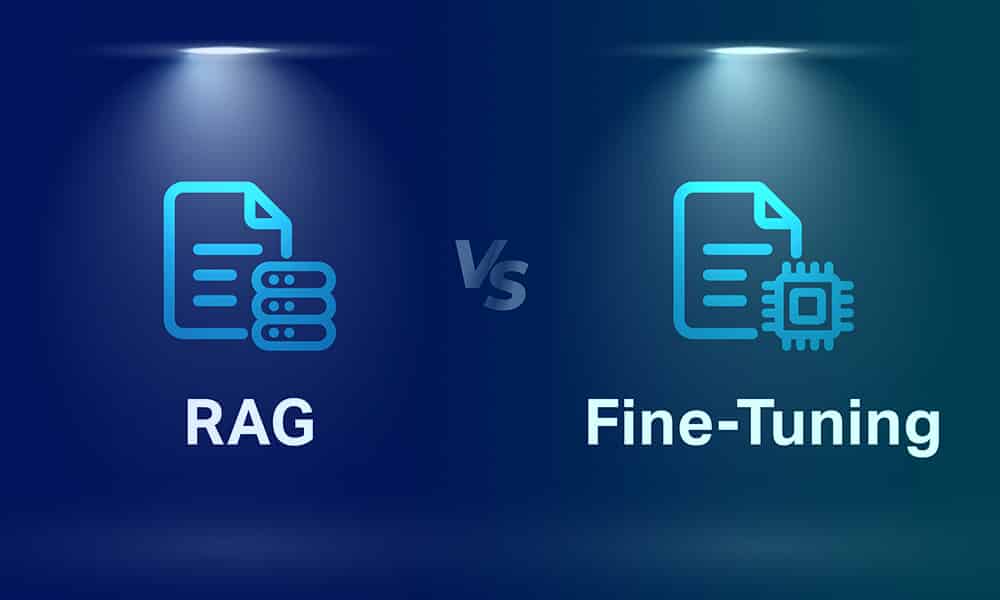The internet is a medium that is as alive and thriving as the earth. From being a treasure trove of information and knowledge, it is also gradually becoming a digital playground for hackers and attackers. More than technical ways of extorting data, money, and money’s worth, attackers are seeing the internet as an open canvas to come up with creative ways to hack into systems and devices.
And Large Language Models (LLMs) have been no exception. From targeting servers, data centers, and websites, exploiters are increasingly targeting LLMs to trigger diverse attacks. As AI, specifically Generative AI gains further prominence and becomes the cornerstone of innovation and development in enterprises, large language model security becomes extremely critical.
This is exactly where the concept of red-teaming comes in.
Red Teaming In LLM: What Is It?
As a core concept, red teaming has its roots in military operations, where enemy tactics are simulated to gauge the resilience of defense mechanisms. Since then, the concept has evolved and has been adopted in the cybersecurity space to conduct rigorous assessments and tests of security models and systems they build and deploy to fortify their digital assets. Besides, this has also been a standard practice to assess the resilience of applications at the code level.
Hackers and experts are deployed in this process to voluntarily conduct attacks to proactively uncover loopholes and vulnerabilities that can be patched for optimized security.
Why Red Teaming Is A Fundamental And Not An Ancillary Process
Proactively evaluating LLM security risks gives your enterprise the advantage of staying a step ahead of attackers and hackers, who would otherwise exploit unpatched loopholes to manipulate your AI models. From introducing bias to influencing outputs, alarming manipulations can be implemented in your LLMs. With the right strategy, red teaming in LLM ensures:
- Identification of potential vulnerabilities and the development of their subsequent fixes
- Improvement of the model’s robustness, where it can handle unexpected inputs and still perform reliably
- Safety enhancement by introducing and strengthening safety layers and refusal mechanisms
- Increased ethical compliance by mitigating the introduction of potential bias and maintaining ethical guidelines
- Adherence to regulations and mandates in crucial areas such as healthcare, where sensitivity is key
- Resilience building in models by preparing for future attacks and more
Red Team Techniques For LLMs
There are diverse LLM vulnerability assessment techniques enterprises can deploy to optimize their model’s security. Since we’re getting started, let’s look at the common 4 strategies.

Prompt Injection Attack
In simple words, this attack involves the use of multiple prompts aimed at manipulating an LLM to generate unethical, hateful, or harmful results. To mitigate this, a red team can add specific instructions to bypass such prompts and deny the request.
Backdoor Insertion
In simple words, this attack involves the use of multiple prompts aimed at manipulating an LLM to generate unethical, hateful, or harmful results. To mitigate this, a red team can add specific instructions to bypass such prompts and deny the request.
Data Poisoning
This involves the injection of malicious data into a model’s training data. The introduction of such corrupt data can force the model to learn incorrect and harmful associations, ultimately manipulating results.
Such adversarial attacks on LLMs can be anticipated and patched proactively by red team specialists by:
- Inserting adversarial examples
- And inserting confusing samples
While the former involves intentional injection of malicious examples and conditions to avoid them, the latter involves training models to work with incomplete prompts such as those with typos, bad grammar, and more than depending on clean sentences to generate results.
Training Data Extraction
For the uninitiated, LLMs are trained on incredible volumes of data. Often, the internet is the preliminary source of such abundance, where developers use open-source avenues, archives, books, databases, and other sources as training data.
As with the internet, chances are highly likely that such resources contain sensitive and confidential information. Attackers can write sophisticated prompts to trick LLMs into revealing such intricate details. This particular red teaming technique involves ways to avoid such prompts and prevent models from revealing anything.
[Also Read: LLM in Banking and Finance]
Formulating A Solid Red Teaming Strategy
Red teaming is like Zen And The Art Of Motorcycle Maintenance, except it doesn’t involve Zen. Such an implementation should be meticulously planned and executed. To help you get started, here are some pointers:
- Put together an ensemble red team that involves experts from diverse fields such as cybersecurity, hackers, linguists, cognitive science specialists, and more
- Identify and prioritize what to test as an application features distinct layers such as the base LLM model, the UI, and more
- Considering conducting open-ended testing to uncover threats from a longer range
- Lay the rules for ethics as you intend to invite experts to use your LLM model for vulnerability assessments, meaning they have access to sensitive areas and datasets
- Continuous iterations and improvement from results of testing to ensure the model is consistently becoming resilient
Security Begins At Home
The fact that LLMs can be targeted and attacked might be new and surprising and it’s in this void of insight that attackers and hackers thrive in. As generative AI is increasingly having niche use cases and implications, it’s on the developers and enterprises to ensure a fool-proof model is launched in the market.
In-house testing and fortifying is always the ideal first step in securing LLMs and we are sure the article would have been resourceful in helping you identify looming threats for your models.
We recommend going back with these takeaways and assembling a red team to conduct your tests on your models.









